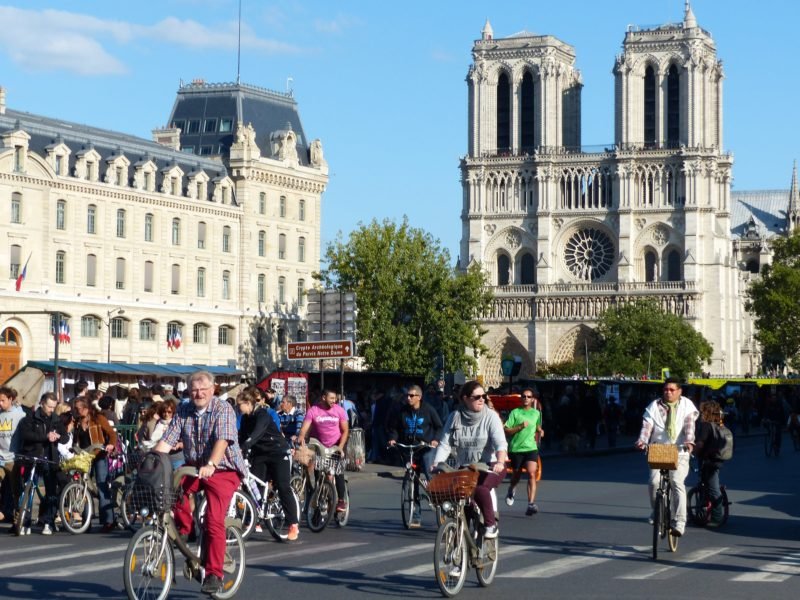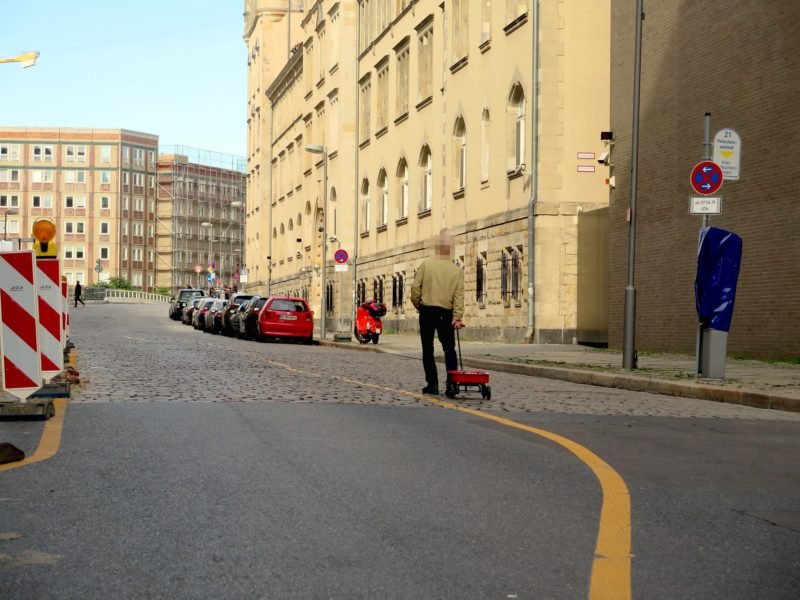Who Drives The Future Car?
Pedro Miguel Cruz has published some videos of his master thesis in information visualization and interaction design at DEI/FBA. The visualizations display the traffic evolution in Lisbon during 24 hours. The website Datavisualization explains:
“Pedro has created a plethora of visual representations of the same data, each with a different visual style to focus on a variety of aspects of the data. These aspects include traffic speed, density and areas of traffic jams. The video below is a combination of some of these aspects and can be seen as the conclusion of the series.”
Well, we’ve seen these kinsd of animations about 24-hour traffic intensity landscapes before. The art of making traffic visualizations develops tremendously, but this one for sure is damn pretty. As Pedro concludes himself, it’s eye candy.
The question put forward here is what can we do with all this information visualized so neatly? Analyzing the video it’s interesting to see that the points of congestion differ during one day, which means that physical investments in infrastructure in fact solve only temporary congestion problems. At the same time, this generates over-capacity at other moments during the same day. This is not only a waste of efforts and money, but it generates more new traffic off the peak hours, taking the iron rule ‘capacity generates mobility’ into consideration.
The real message behind this animation therefore should be that traffic congestion should be solved on a temporary flexible basis, using smart systems. Here the emergence of the Internet of Things is interesting. Physical elements such as freeways, cars, fuel stations and traffic lights generate information which is connected and immediately redesigned into actions that control the same physical objects. In addition, most traffic congestion is a consequence of stupid individual behavior. Perhaps in the future we should accept that we’re not the ones to drive the car.



